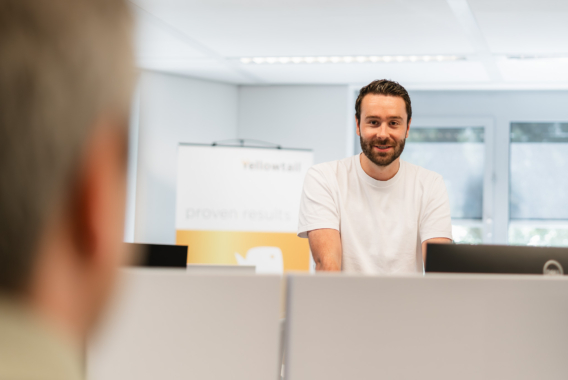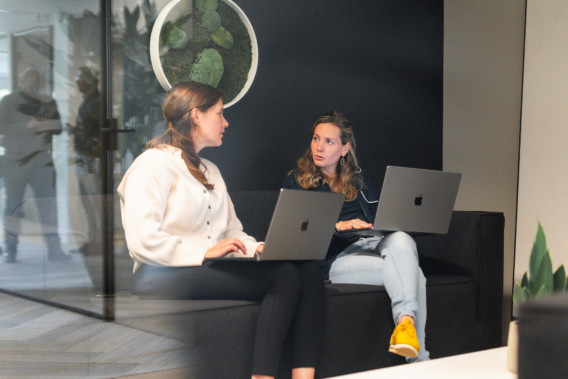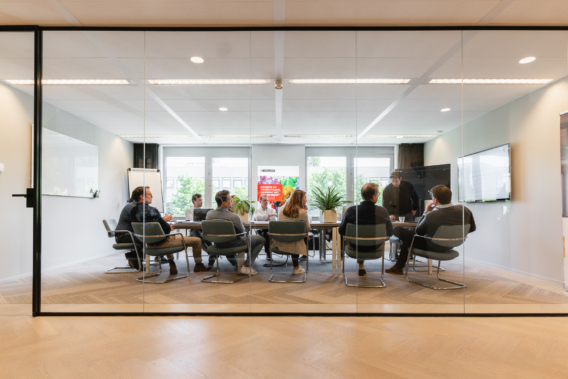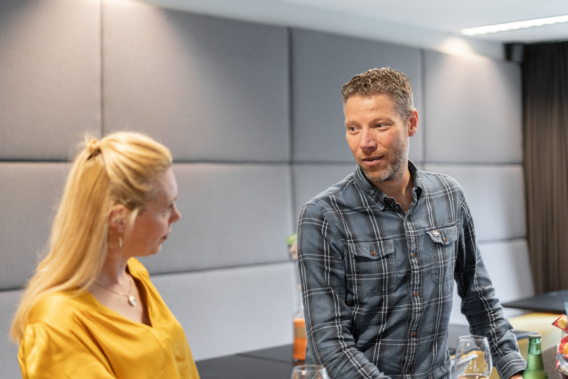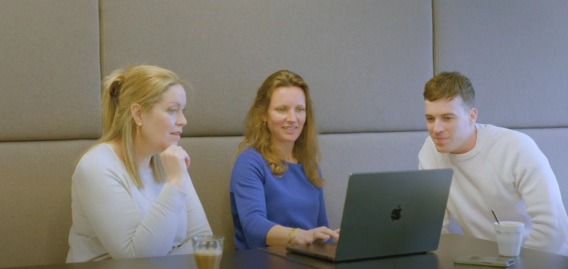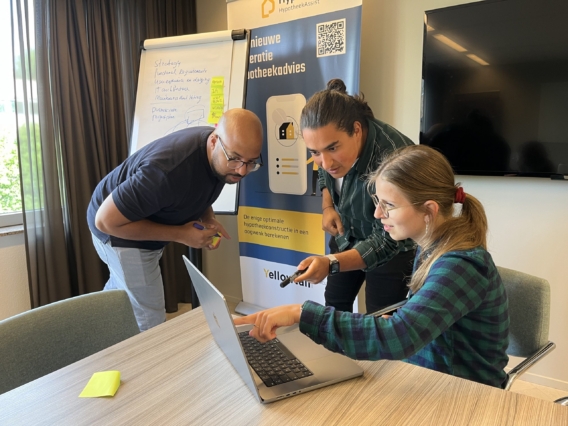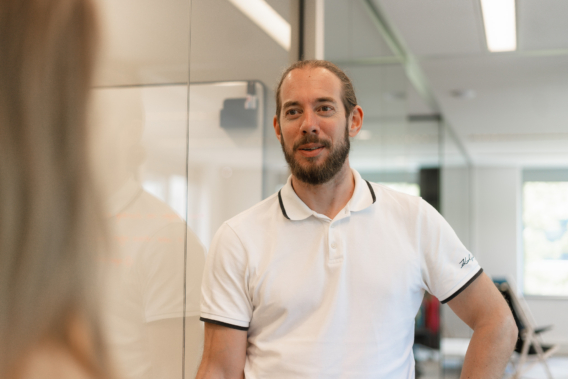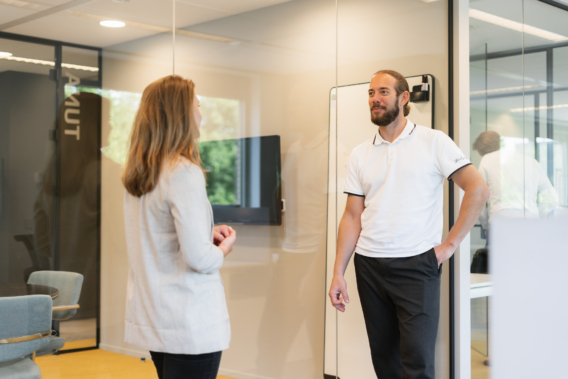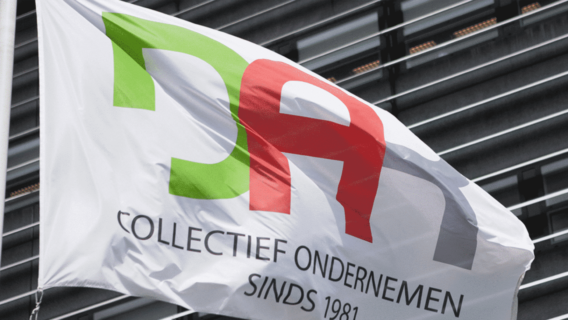From ISO to SOC 2
‘ISO27001 was the standard for a long time,’ Peter begins. ‘But just complying with ISO27001 is not enough these days. ISO27001 focuses mainly on security and provides guidelines for information security. If you meet these guidelines, you get a certificate that is valid for three years. SOC 2 goes further than that. It focuses not only on security, but also on ensuring the continuity of your services to customers. This requires more than just good security measures; it also includes financial health and other important business processes. Fortunately, more and more companies see it this way.’
Pragmatic implementation
Casper adds: ‘The demand for expertise in SOC 2 is growing. Companies are asking us for support in effectively implementing SOC 2. Often, organisations get stuck in the various frameworks and certifications. It then seems like ‘compliance for compliance’s sake’. Our combination of in-depth knowledge of the playing field and a practical approach ensures an implementation that really moves organisations forward. Once employees see that the level of professionalism increases and thus the quality of service improves, they are on board and ready for change’
Self-reflection and awareness
‘Many organisations think they have their house in order,’ Peter notes. ‘SOC 2 holds up a mirror to you. It forces you to look critically at your own processes and identify areas for improvement. This applies not only to security, but to all business processes. Implementing SOC 2 is similar to a long-term commitment. You have to continuously demonstrate that you do what you say. This is an ongoing process and not a one-off check.’
Flexibility within SOC 2
Casper emphasises that SOC 2 actually offers flexibility: ‘SOC 2 is not a rigid system, but a framework that helps companies systematically improve their processes. This framework is not set in stone. It allows you to deviate from processes, as long as you document these deviations well and can substantiate them. This makes SOC 2 accessible to both small and large companies. It is important to realise that SOC 2 does not dictate how you should do your business, but proves that you are in control.’
Use of software
‘One of the advantages of SOC 2 is the freedom in how you record things,’ Peter explains. ‘Whether you use sophisticated software or record your processes with pen and paper, the important thing is to document everything properly. For larger companies, it is often useful to use special tools. These tools help quantify risks and record actions, giving real-time insight into the organisation’s risk profile. For example, Yellowtail offers the Key Control Dashboard for this purpose.’
Long-term benefits
‘Over time, organisations see the benefits of SOC 2,’ explains Casper. ‘Once the processes are properly defined and followed, everything works more efficiently. In case of incidents, it is immediately clear what needs to be done. Companies that have embraced SOC 2 once often don’t want to go back. It offers peace of mind and efficiency.’
The challenges at Yellowtail Conclusion
At Yellowtail, we also see these benefits, Peter notes. ‘With our own Key Control Dashboard, we can easily record processes and risks. The challenge lies in freeing up time and resources for SOC 2, given the daily business load. This requires clear prioritisation by management, which sometimes leads to interesting discussions about responsibilities and decision-making. SOC 2 helps us move from intuitive to structured management.’
Conclusion
Peter and Casper’s joint experiences show that SOC 2 is much more than a set of rules. It is a philosophy that helps organisations to continuously improve and be motivated. SOC 2 creates more efficient processes, increases risk awareness and provides a structure that helps companies to be better in control.
Want to know how your organisation can become SOC2 compliant? Contact Peter de Raadt or Casper van Ginneken via email.
